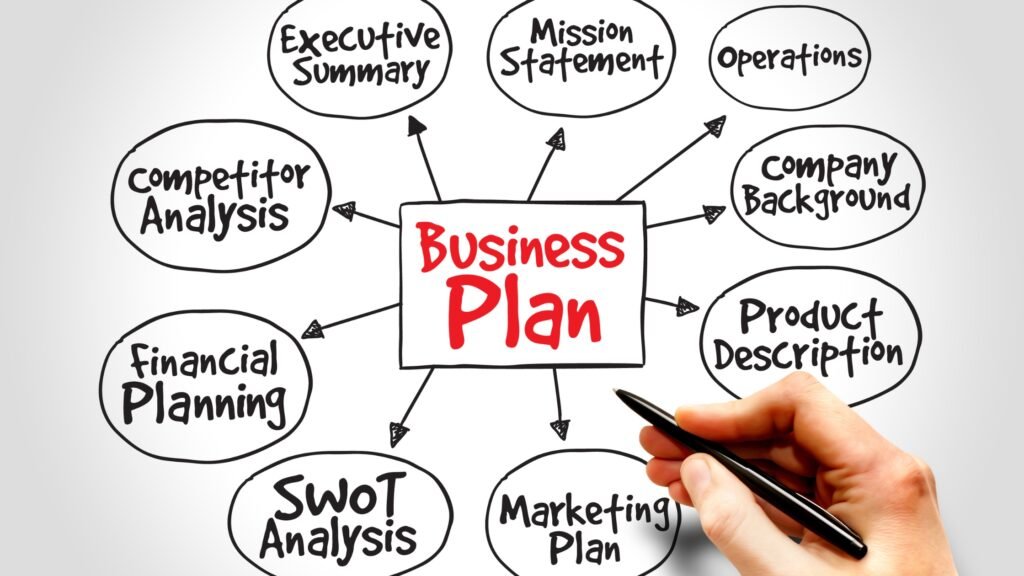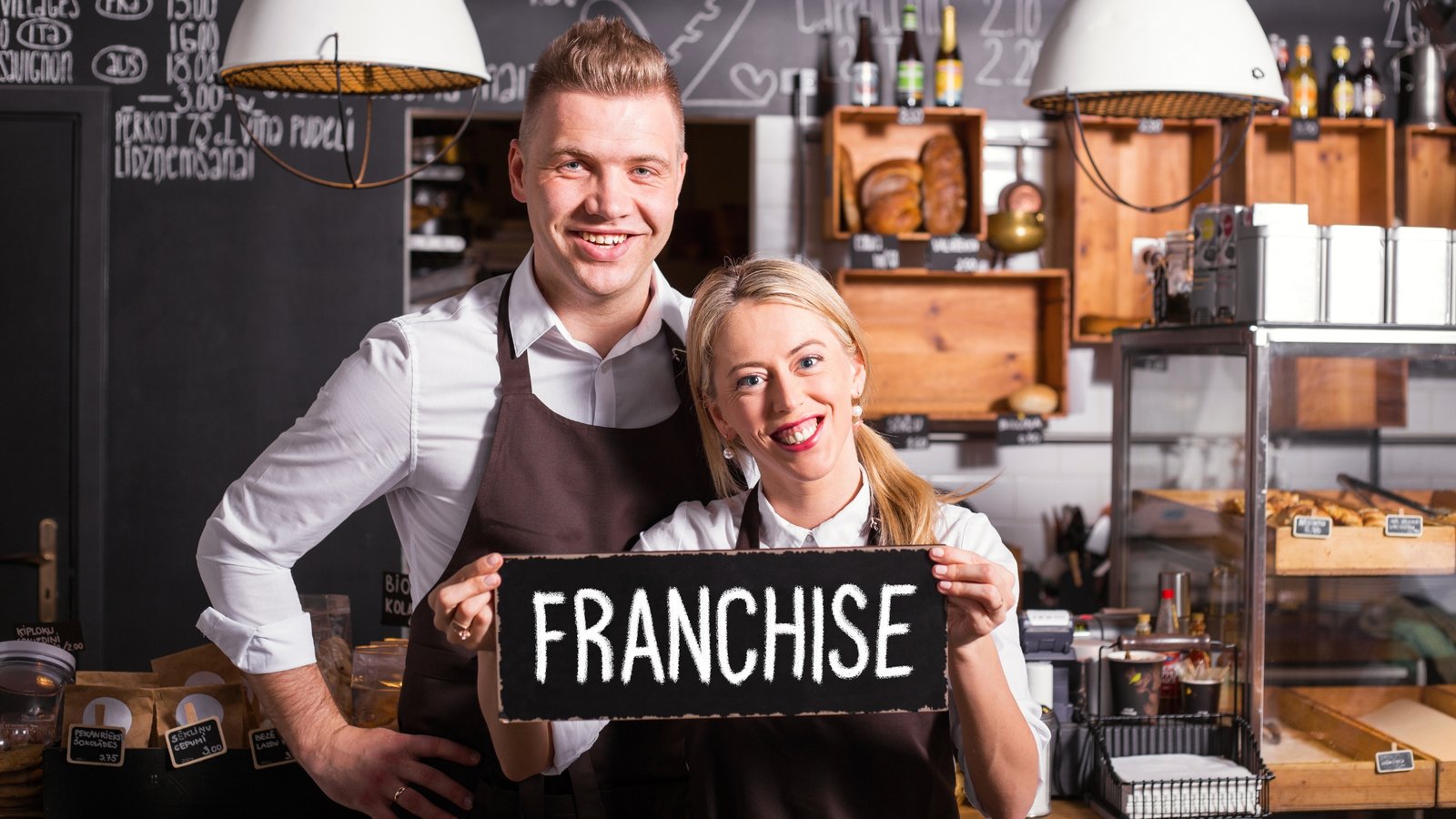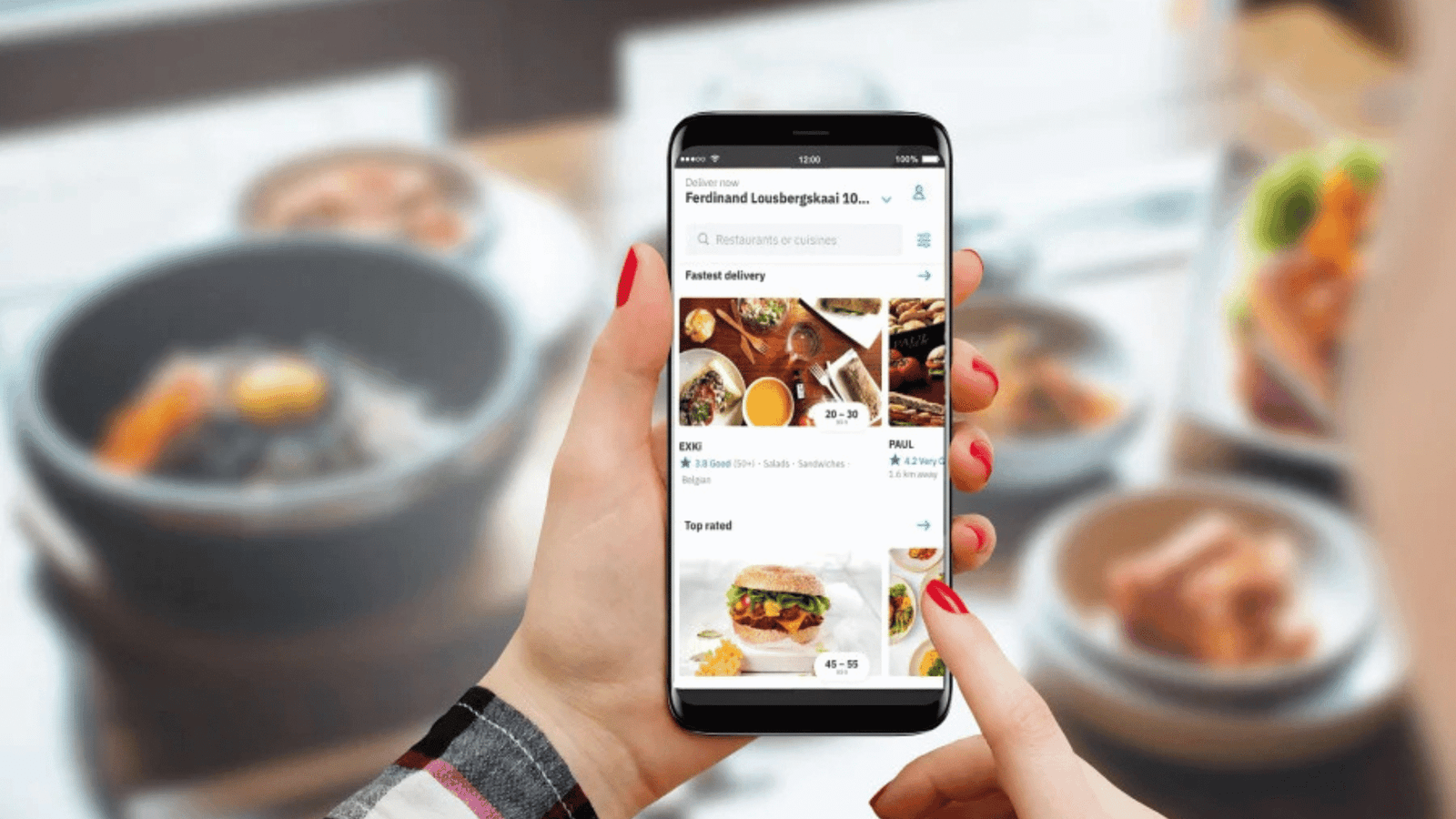Opening a restaurant in 2025 offers exciting opportunities, but success requires careful planning and strategic execution. This Guide to Starting a Profitable Restaurant, helping you turn your culinary vision into a thriving business.
1. Define Your Concept and Target Audience
Identify Your Niche: Determine the type of cuisine and dining experience you want to offer. Consider whether your concept focuses on fast-casual dining, fine dining, vegan cuisine, fusion dishes, or a regional specialty.
Understand Your Market: Research the local demographics, dining trends, and competitors in your area. This information will help you tailor your menu, pricing, and branding to meet customer expectations.
2. Develop a Solid Business Plan

Outline Your Vision: Clearly define your restaurant’s mission, goals, and core values.
Financial Planning: Estimate startup costs, ongoing expenses, and projected revenue. Include equipment, furnishings, permits, staff wages, marketing, and contingency funds in your budget.
Marketing and Branding: Establish your brand identity, logo, and marketing strategy. Define how you will attract and retain customers, including social media campaigns, special promotions, and loyalty programs.
3. Secure Financing
Explore Funding Options: Depending on your capital requirements, consider personal savings, small business loans, investor partnerships, or crowdfunding platforms.
Present Your Case: Be prepared to present your business plan, market analysis, and financial projections to potential investors or lenders. Show that you understand the market and have a clear strategy for success.
4. Choose the Right Location
Foot Traffic and Accessibility: Select a location that is convenient for your target customers, with ample parking or public transportation access.
Lease vs. Purchase: Decide whether leasing or buying the space makes more sense based on your budget and long-term goals. Consider factors like visibility, neighborhood reputation, and proximity to competitors.
5. Obtain Necessary Permits and Licenses

Food Safety and Health Inspections: Ensure your kitchen meets local health and safety standards. Obtain the necessary food handling permits and certifications.
Alcohol Licenses (if applicable): If you plan to serve alcohol, secure the appropriate liquor licenses and adhere to state and local regulations.
Business Licenses and Insurance: Acquire all required business licenses, and consider comprehensive insurance coverage for property, liability, and worker’s compensation.
6. Design Your Restaurant’s Layout and Ambiance
Customer Experience: Create a welcoming, comfortable environment that matches your concept. Consider seating arrangements, lighting, music, and décor that align with your brand identity.
Efficient Workflow: Design your kitchen layout to streamline operations, ensuring that chefs, servers, and staff can work efficiently. Proper placement of equipment and storage areas can significantly impact productivity.
7. Develop a Standout Menu

Balanced Offerings: Offer a variety of dishes that appeal to your target audience, including options for vegetarians, vegans, and those with dietary restrictions.
Seasonal and Local Ingredients: Highlight fresh, locally sourced ingredients and consider seasonal specials to keep the menu exciting and relevant.
Pricing Strategy: Set prices that reflect your quality while remaining competitive. Calculate costs carefully to ensure profitability without deterring customers.
8. Build a Skilled Team
Hire the Right Talent: Recruit experienced chefs, efficient kitchen staff, and friendly front-of-house personnel. Consider their skills, attitude, and ability to work in a team environment.
Training and Development: Provide comprehensive training to ensure consistency in service and quality. Regularly update your team on new menu items, safety procedures, and customer service best practices.
Employee Retention: Offer competitive wages, benefits, and opportunities for growth to retain top talent and reduce turnover.
9. Invest in Marketing and Technology
Online Presence: Build a user-friendly website and maintain active social media profiles. Engage with customers through Instagram, Facebook, and Google reviews.
Digital Ordering and Delivery: Implement online ordering systems, partner with delivery platforms, and ensure a smooth digital experience for customers.
Loyalty Programs and Promotions: Use customer loyalty programs, discounts, and limited-time offers to keep patrons coming back.

10. Continuously Monitor Performance
Track Key Metrics: Regularly review sales reports, customer feedback, and employee performance. Identify areas for improvement and act on them quickly.
Adapt to Trends: Stay informed about industry trends, technology advancements, and evolving customer preferences. Be willing to adjust your menu, pricing, or marketing strategy as needed.
Maintain Quality and Consistency: Consistently deliver high-quality food and service to build a loyal customer base and a positive reputation.
Conclusion
Launching a profitable restaurant in 2025 requires careful planning, a clear concept, and a commitment to quality. By following these steps—defining your vision, building a strong team, and staying adaptable—you’ll be well-equipped to navigate the competitive restaurant landscape and achieve lasting success.
FAQ’s
Q: How much does it typically cost to open a restaurant in 2025?
Startup costs can vary widely depending on location, size, and concept. On average, you may need between INR 20 lakh to INR 1 crore, but careful planning and budgeting are crucial to determine your specific costs.
Q2: What type of cuisine is most profitable for new restaurants?
Fast-casual and niche cuisines, such as vegan or fusion dishes, often have higher profit margins due to lower ingredient costs and strong market demand.
Q3: How can I attract customers in a competitive market?
Focus on unique branding, social media marketing, and customer loyalty programs. Offering seasonal specials, hosting events, and maintaining a high standard of quality can also help you stand out.
Q4: Do I need prior restaurant experience to open my own restaurant?
While experience helps, it’s not mandatory. Many successful owners rely on hiring experienced staff, attending industry workshops, and working closely with consultants to fill knowledge gaps.
Q5: How important is location for a restaurant’s success?
Location is critical. Choosing a spot with good visibility, easy access, and a suitable target demographic greatly increases your chances of success.





